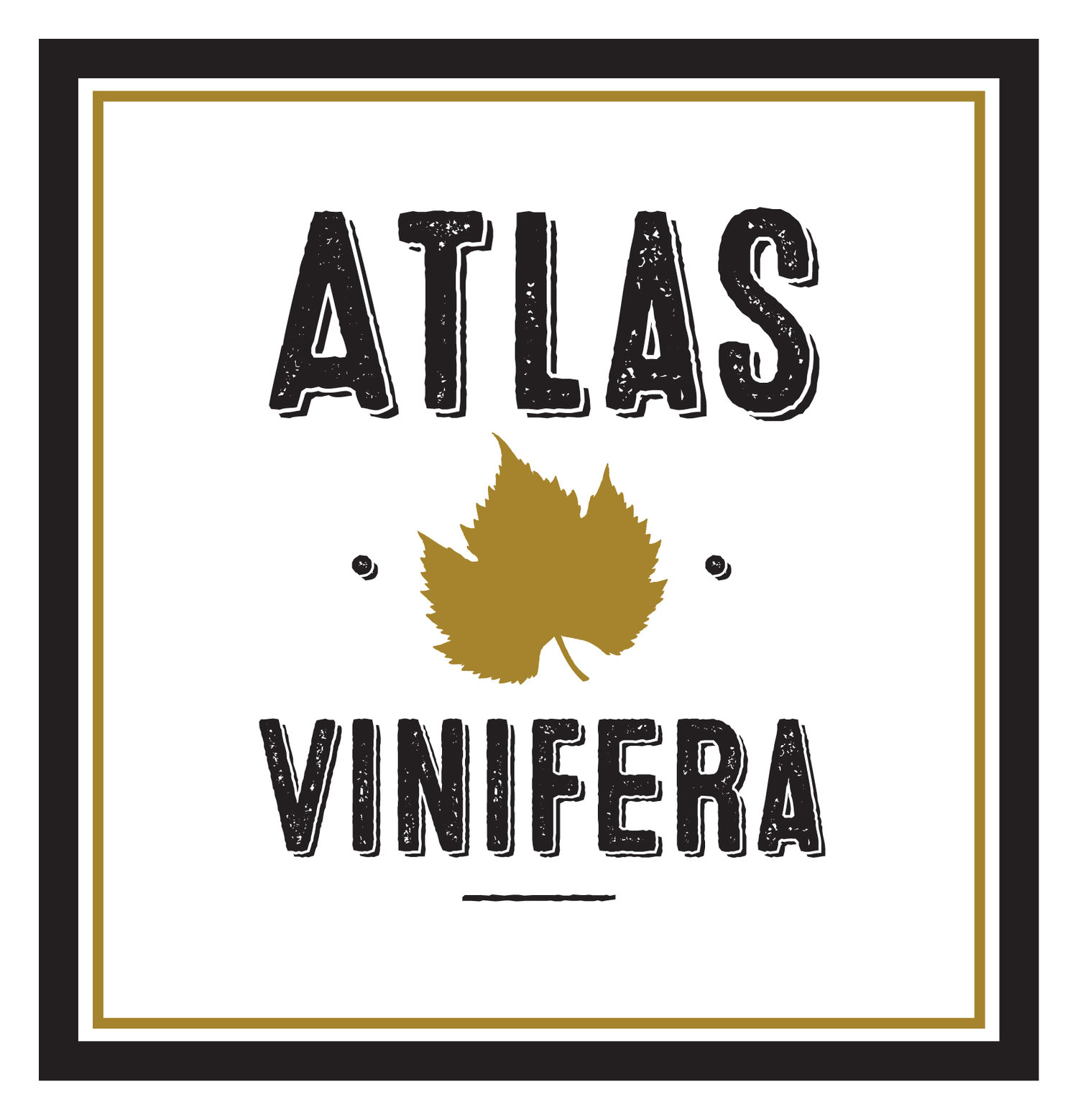bordeaux
Grape Varieties: Cabernet Sauvignon, Cabernet Franc, Merlot, Petit Verdot, Malbec.
The Region: The most famous wine producing region in France, the name Bordeaux is synonymous with red wine. The two banks of the river Gironde, known as the Left and Right Bank, produce very different styles of wine despite their proximity to each other. More so, each of Bordeaux’s banks are divided into even smaller communes whose names are revered in the wine world.
The Left Bank is the home of the first growths – five stunning chateaux whose vinous heights are matched only by their eye-watering prices. These Cabernet based wines have centuries of history, and count Thomas Jefferson among their earliest fans. Lafite, Latour, Mouton-Rothschild, Haut-Brion and Margaux.
Arguably more important than the first growths are the communes of the Médoc, the premium wine producing area of the Left Bank. The gravel soils of the Médoc are the key to its success – they allow for excellent drainage, which forces the roots of a vine to seek further for water, giving it access to nutrients and minerals deeper in the soil.
The free-draining nature of these soils are excellent for producing Cabernet Sauvignon, which struggles in wet areas and fails to properly ripen, giving the wines an astringent, bitter character from the under-ripe skins. The gravel also acts as a heat lamp, absorbing warmth during the day, and reflecting it back onto the vines at night, aiding in the ripening process.
Bordeaux also pioneered the concept of the blend, in a way, due to their infirm weather and unreliable climate. While blending grape varieties is done the world over, this is a very deliberate system designed to ensure that growers could produce wine every year, without fail. When the weather remains cooler, or rains are heavy, Cabernet often fails to ripen. In these years, Merlot, which is easier to ripen and doesn’t mind the rain, takes centre stage in the blend. Cabernet Franc has remained a bit of a footnote in the region, but it does ripen earlier than Cabernet Sauvignon and so is still very important in ensuring that wines are produced in each vintage. Supporting roles are played by Petit Verdot and Malbec – the former generally for tannin, and the latter for colour.
The Right Bank’s wines are Merlot dominant, supported by Cabernet Franc and Malbec, and very occasionally, Cabernet Sauvignon. The soils of the Right Bank are clay based, meaning they retain far more water than the gravels of the Left Bank, and are cooler as a result. These soils aren’t suited to Cabernet Sauvignon, which has trouble ripening in cool conditions.
The Merlot based wines of the Right Bank are not like the Merlot’s produced in Australia – they are powerful, robust and complex, and have the ability to age well. The wines from some of the garagiste producers of the Right Bank fetch thousands of dollars a bottle, and are highly sought after by collectors.
The Style:
The Cabernet Sauvignon based wines of the Left Bank are generally quite powerful and structured, and can be quite austere. They have firm tannins and good acidity, both of which contribute to their ageing potential – some have stood up after a century in the cellar. Their flavour profile tends towards blackcurrant, mint, spices, licorice, coffee and cedar. They can be quite tannic and unapproachable in their youth, but with age the tannins soften and integrate into the wine.
The Merlot based wines of the Right Bank are softer and more approachable when young, however they don’t age for as long – decades rather than centuries. They can be quite plush and velvety, with less tannin, and the flavours tend towards plums, blackberries, blueberries, cigar box, chocolate, vanilla and smoke.
What to Buy:
The best value wines from Bordeaux are found in the cru bourgeois wines, and from the Côtes de Bordeaux appellation. These are produced in the lesser known regions of Côtes du Blaye and Cadillac, and so they don’t attract the price tags of their more famous neighbours. Côtes du Bourg can also be a great source of value Bordeaux.
When looking for premium Bordeaux, make sure you consult a vintage guide first, as the quality is highly variable from year to year depending on the weather. Also consider what you want it for – are you ageing it, or drinking it now? This will help you select an appropriate wine. Also remember to think outside the square – the big names are good, yes, but they are also brand names, and with the name comes a price premium. Most chateaux make a second wine, which will generally be better value, or alternatively, have a look at a map, find out who their neighbours are, and seek them out.



